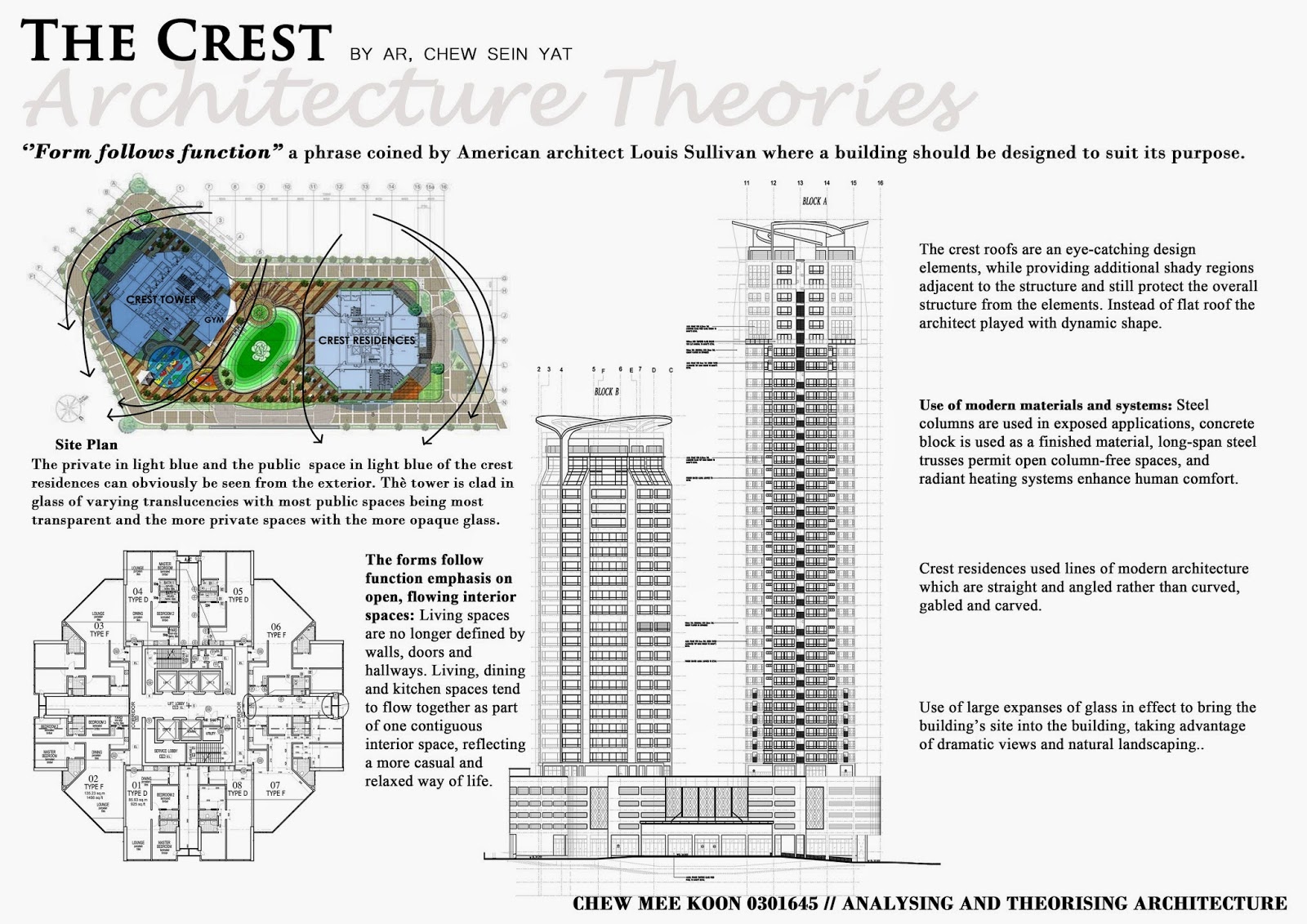Architecture Design Studio 5 [ARC 3118] focuses on the theme of place-making for the urban street. It aims to explore and provide appropriate architectural solutions in designing a market-place for the city’s inhabitants. Students will begin by conducting preliminary studies in that introduces them to the studies and context of urbanity through the analysis and documentation of the current urban condition of a selected inner-city site. This will be done in concurrence with the research of urban infill and market-place precedents, and their architectural responses. By the end of the module, students will have developed an appropriate scheme for an urban contemporary market-place within a dense inner-city street environment that takes into consideration an understanding of applicable current legislation, building technologies and cultural imperatives of the site and its surroundings.
Module Learning Outcomes:
- Analyze the site character and identify conditions of the urban streetscape and urban behavioural patterns.
- Analyze case studies to gain understanding of architectural response for urban infill sites to inform the design project.
- Analyze case studies to gain understanding of the role and spatial programming of a market-place in an urban setting.
- Demonstrate the fundamental knowledge of Design Codes and Regulations.
- Design within the constraints of feasibility and in response to design codes and statutory requirements.
- Produce plan-section and elevational studies to explore and resolve relevant aesthetic, construction and environmental issues in the design development phase.
- Produce a design outcome for an urban contemporary market-place that encompasses the appropriate site-specific architectural responses through its formal, cultural, legislative, structural and environmental design solutions.
- Produce drawings (both 2D and 3D), models and presentations to verbally and visually communicate architectural ideas and scheme.
PROJECT 1 : PRELIMINARY STUDIES
Learning Outcomes:
- Conduct case studies and site analysis to generate an understanding of the physical and cultural context and development of urban environments
- Determine and describe the role of a market-place in a contemporary urban setting
- Examine and establish appropriate architectural responses and strategies for designing within an urban infill site
- Produce necessary documentation (diagrams, mappings, photographic images, orthographic drawings and models) to record and communicate site analysis findings, and for further use in the coming design stages
 |
| Precedent Studies |
 |
| Precedent Studies |

























